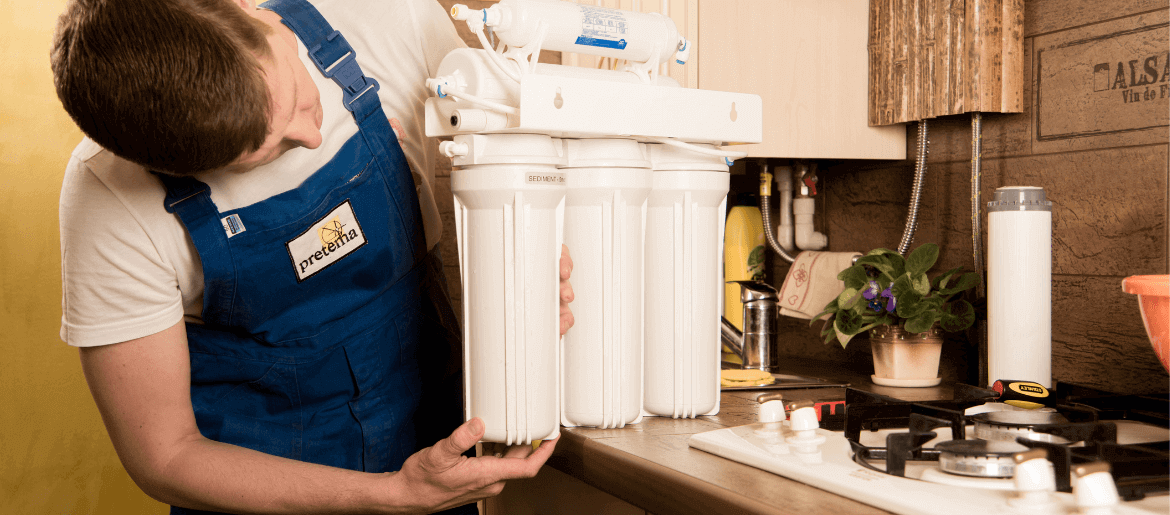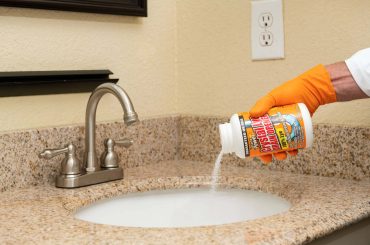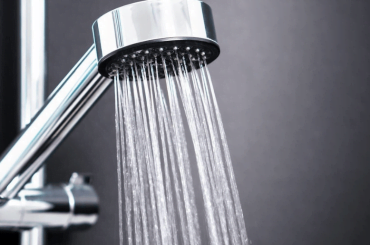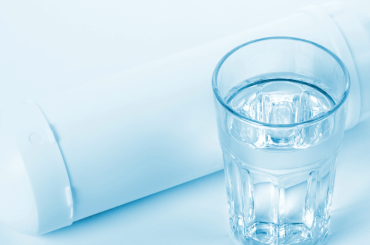The Brita filter is a water filter that is used to improve the quality of tap water. The filter is designed to reduce chlorine taste and odor and sediment from the water.
The Brita filter is one of the most popular water filters on the market. But sometimes, knowing if the filter is bad can be difficult. It is important to know if the Brita filter is bad to replace it with a new one.
In this blog post, we will give you a few tips on how to tell if your Brita filter needs to be replaced. Keep reading for more information!
How long does a Brita filter last?
- If you notice a strange taste or smell coming from your water, this may be a sign that your Brita filter is no longer working properly.
- Additionally, if the water is flowing slower than it used to, there may also be an issue with the filter. You should replace your Brita filter according to the manufacturer’s instructions to ensure that your water is clean and safe for consumption.
- You should also check for physical damage to the filter, such as cracks in the outer housing, which can indicate that the filter has not been properly taken care of. If you have had your Brita filter for more than three months, it may be time to replace the filter regardless.
- If you notice any of these signs, it’s time to purchase a new filter and replace the old one.
By replacing your Brita filter regularly, you can ensure that your family has access to safe, clean drinking water that tastes great and is free from pollutants.
Signs Of A Bad Brita Filter
- Unpleasant Taste or Odor: If your water brown, smells bad or has an unusually cloudy appearance it may be a sign that your Brita filter is no longer doing its job.
- Black Flecks in Water: If you start to see black flecks in the water coming out of your Brita filter, it may be a sign that the filter is starting to break down and needs to be replaced.
- High Levels of Contaminants in Testing: If you test the water coming out of your Brita filter and find that it has high levels of contaminants, this could be a sign that the filter is no longer working as efficiently as it should.
- Excessive Filter Changes: If you find yourself changing your Brita filter more often than suggested, it could indicate that the filter isn’t catching as many contaminants as it should and may need to be replaced.
- Leaking Filter: When the filter starts to leak, it’s a sign that it needs to be replaced as soon as possible. Not only is this wasteful but it can also lead to the contamination of your drinking water.
If any of these signs appear, it’s important to replace your filter as soon as possible.
How to clean a Brita filter?
- Unscrew the filter cap from the top of your Brita pitcher.
- Remove the old filter and discard it, as well as any collected debris that may have been gathered in the bottom of the pitcher.
- Rinse off the new filter with cold water before inserting it into a pitcher.
- Fill the pitcher with cold water and let the filter soak for 15 minutes.
- Swirl the filter around in the water to ensure all of its pores are covered as much as possible.
- You should also periodically sanitize the pitcher or dispenser in which you place the filter. To do this, fill your pitcher or dispenser with equal parts of white vinegar and cold water. Allow it to sit for at least 30 minutes, then rinse thoroughly with cold water.
- You can also clean your Brita filter by soaking it in a solution of 10 percent white vinegar and 90 percent cold water for 15 minutes. After soaking, run the filter under cold water until the water runs clear. You should repeat this process every two to three months to keep your filter in optimal condition.
- For a deeper clean, use a soft brush to scrub the exterior of the filter before soaking it in the vinegar and water solution. You can also remove the filter from your pitcher or dispenser and disassemble it for an even deeper clean.
Following these steps will keep your Brita filter functioning at its best and provide you with clean, crisp water.
How to replace a Brita filter?
Replacing a Brita filter is as simple as replacing an ordinary water filter.
- Begin by unscrewing the old filter from its housing lid and discarding it.
- Next, insert the new filter into the housing lid and twist it into place until securely positioned. Once replaced, run several quarts of cold tap water through the filter to flush out any carbon dust that may have accumulated.
- Finally, discard the first several quarts of filtered water. This will ensure no contaminants pass through the filter and into your home’s drinking supply.
FAQs – How To Know If Brita Filter Is Bad?
How long does a Brita filter last?
The Brita filter usually lasts for about two months or 40 gallons of water. However, this may vary depending on the quality of your tap water and how often you use it.
Always replace your filter when the electronic indicator light on your pitcher or dispenser turns red. You can also check if your filter needs replacing by doing the at-home filter indicator test.
How do you flush a Brita filter?
Flushing a Brita filter is an important step to ensure its proper function and performance. It helps reduce the build-up of bacteria, sediment and other debris in your water filter. Here’s how to flush a Brita filter:
- Fill a large bowl with cold tap water and submerge the Brita filter in the bowl.
- Place your hand over the bottom of the filter and shake it vigorously for two minutes to dislodge any particles stuck in the filter’s pores.
- Lift the filter out of the bowl and let it drain for about 30 seconds into a sink or other container.
- Put the soaked Brita filter back into its container or pitcher and discard the bowl of water.
- Fill the container or pitcher with cold tap water, ensuring that it covers the filter completely.
- Let your Brita filter sit for 15 minutes so that any particles on the surface are allowed to settle.
- After 15 minutes, drain the water from the pitcher or container and discard.
Should the Brita filter be refrigerated?
No, the Brita filter does not need to be refrigerated. While storing the filter in a cool and dry place is ideal, refrigeration is not necessary.
Refrigerating your filters could slow down their ability to filter out contaminants from your water. Additionally, condensation accumulates on the filter when it’s taken out of the fridge, which can lead to bacteria growth. Refrigerating the filter could also reduce its lifespan because cold temperatures can cause the filter to crack and break.
Why is my Brita filtering so fast?
Brita filters are designed to filter quickly and efficiently. They use an activated carbon filter which is highly porous, allowing it to trap particles as small as 0.5 microns in size.
This helps to reduce chlorine taste and odor, sediment, lead and other contaminants found in tap water. The high porosity of the filter also means that it can filter out particulates at a faster rate than other water filtration systems.
Additionally, Brita uses an ion-exchange resin to reduce the levels of dissolved solids and ensure that your water is as clean as possible. This also helps to speed up the filtration process.
Conclusion
For Brita water filters, there are three main ways to tell if the filter is bad and needs to be replaced. These indicators are changes in color, development of mold or mildew and low water pressure in house. If you notice any of these signs, it’s time for a new filter.
By following these simple steps, you can ensure that you’re getting the most out of your filtration system and keeping your family safe from harmful chemicals.





